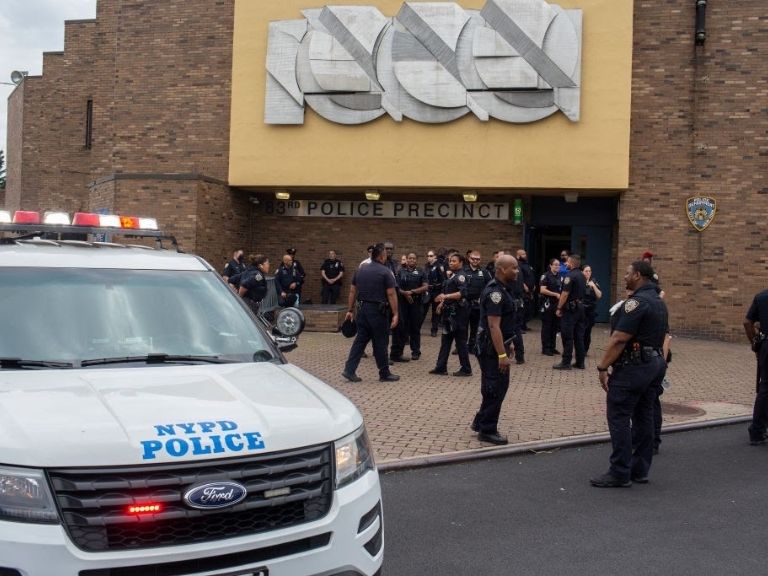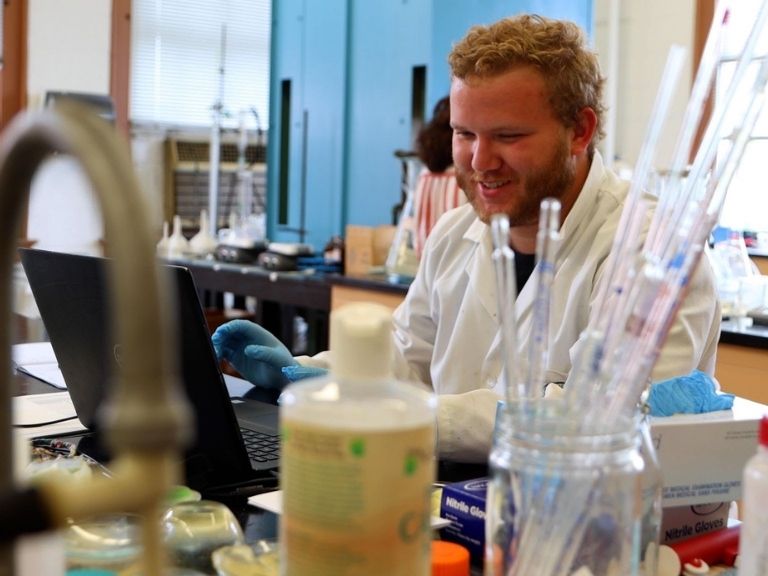Do masks hurt athletic performance? How worried are New Yorkers about boarding crowded subways and buses? What are some ways people can foster community during these uncertain times?
Students doing summer research in 2021 want answers to the many questions raised during the COVID-19 pandemic. Projects this year also address pressing societal issues such as crime prevention and the environment.
Fortunately, the arrival of the COVID-19 vaccines this spring allowed many projects in the Jasper Summer Research Scholars program to be completed on campus. On September 30 at 4 p.m. in Kelly Commons, students will present their research findings in person to faculty and students.




